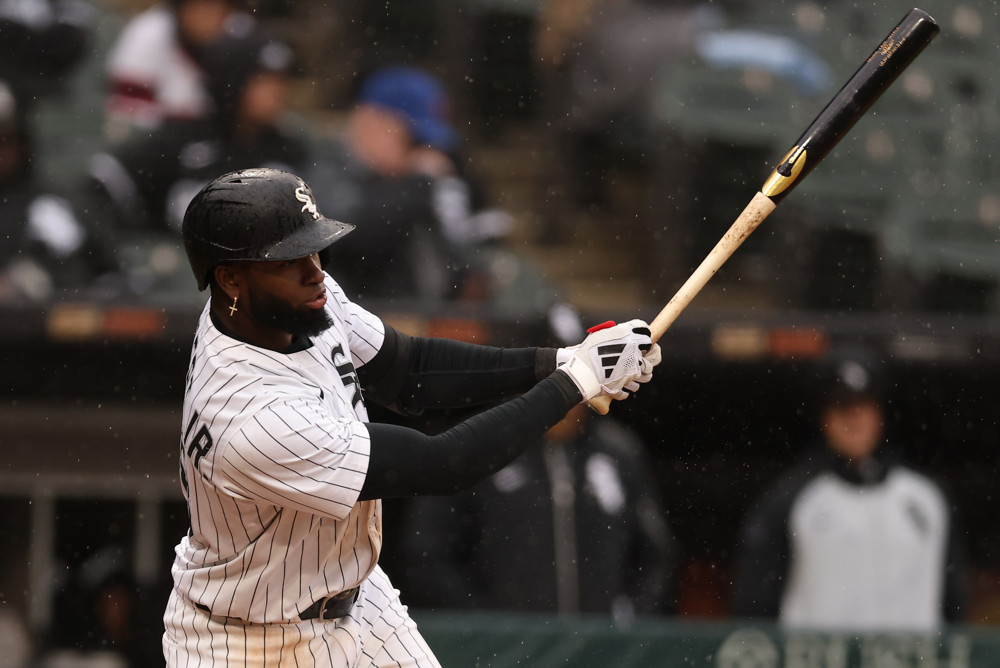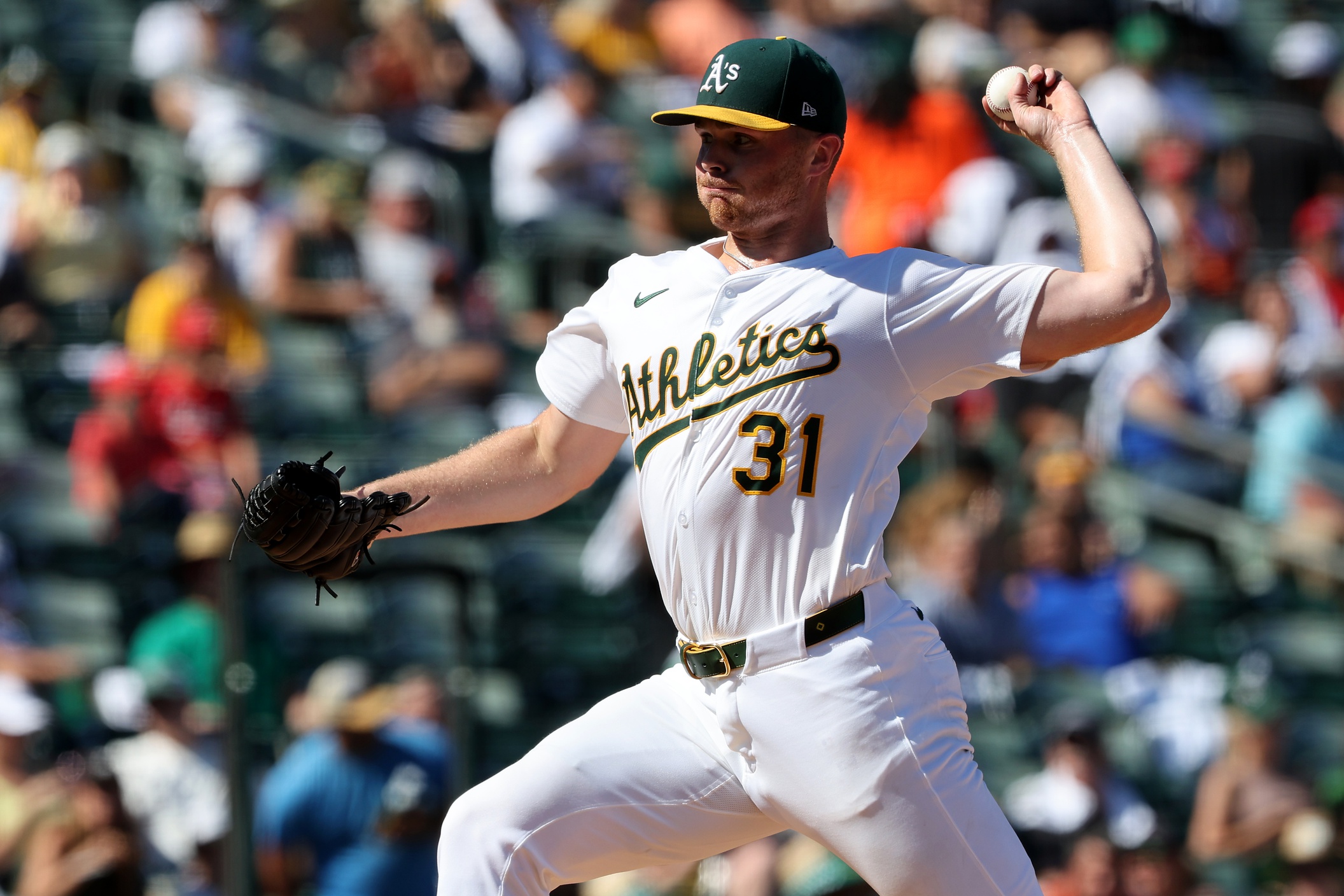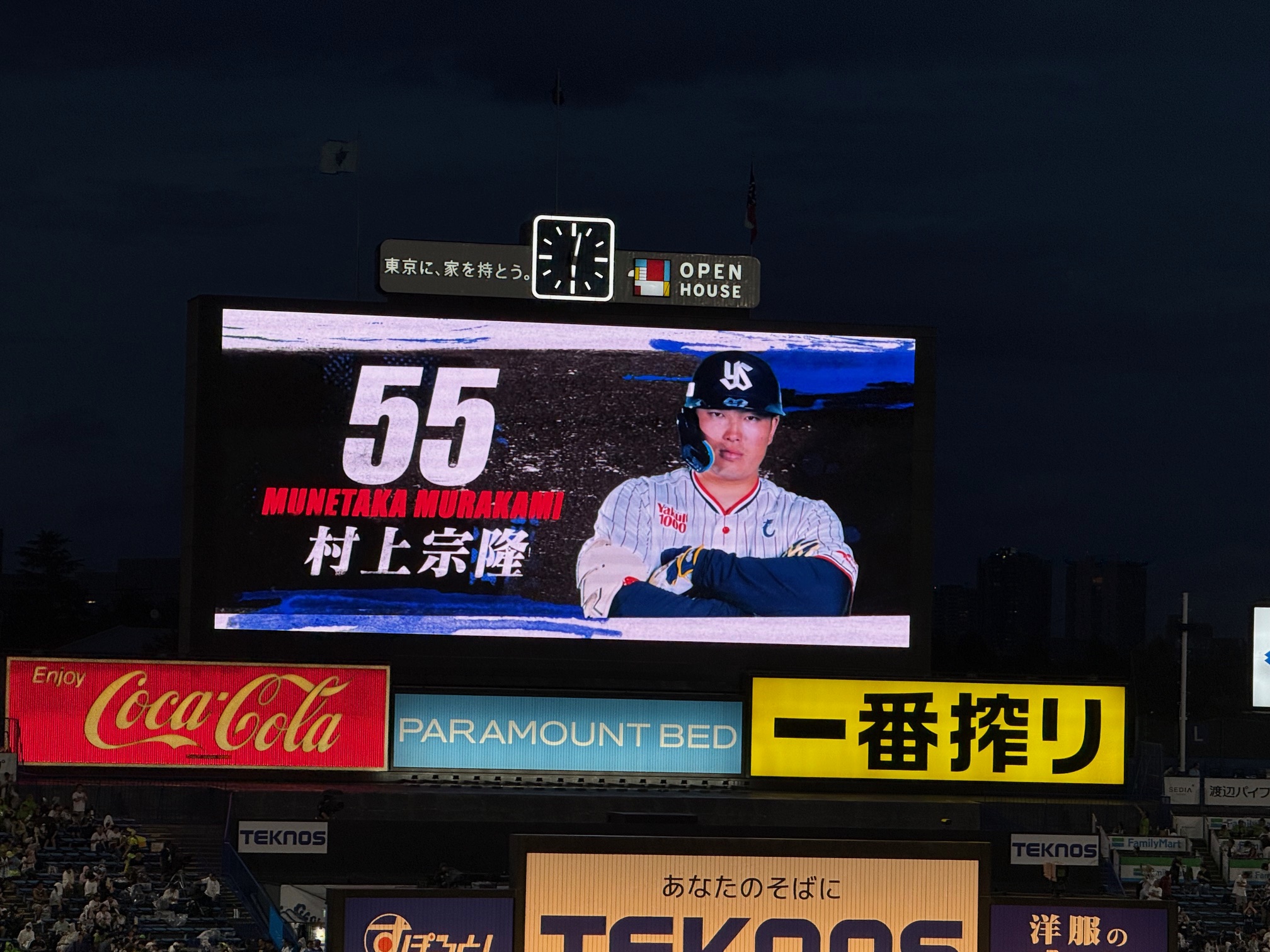Luis Robert Jr. hit two singles over four games this past week and sat out three others as the White Sox managed his right knee soreness, which the team is hoping a Monday off day can render into a non-factor.
Before the specter of injury re-emerged, a trip to the cozy confines of West Sacramento last month had triggered a nine-game heater filled with a handful of reminders that Robert is the most talented player in the organization, as he hit .333/.450/.636, lifted three of his five homers on the season, and stole eight bases in nine games. The residue of that flash of ability leads White Sox coaches to answer questions about his slow start as a little outdated, relying upon how out of sorts he looked a month ago.
"I don't know that I would agree that Luis is in a slump," Will Venable said in response to one such question. "He's been playing well and impacting the game."
But as the quarter-mark of the season arrives and chatter about Robert's trade market bubbles up amid the team's very, very well-established intentions to deal him once the price is right, he's sitting at a worse wRC+ (78), lower extra-base production (.140 ISO), lower average exit velocity (89.3 mph), higher infield popup rate (24.2 percent) and a higher soft contact rate (24.1) than last year--the worst offensive season of his six-year major league career.
"Luis Robert has been streaky," Chris Getz said. "There are times when you feel like he's about to take off. So he hasn't quite put it together on a regular basis but you look at his walk rate, you look at what he's doing on the bases and defensively, there are plenty of positives there. But offensively as a whole, we've got some work to do."
Getting Robert to stop chasing out of the zone has seemed like an impossible project for so many years, and maybe not even a necessary one, since the season of his life in 2023 came alongside a stratospheric 40 percent chase rate. As he was processing the wreckage of his 2024 struggles, Robert even lamented that his conscious efforts to curb his chasing had contributed to his declining performance against fastballs in the zone. So even as he's made clear plate discipline gains in the first quarter of the season, the White Sox are decently wary of having him slip back into a restrictive mindset.
"Sometimes we can get in his way," said hitting coach Marcus Thames. "He's such a good athlete, and sometimes you say, ‘Hey, don't chase, don't swing at this, don’t swing at that,’ and you become non-athletic. And he's one of the most athletic guys in this league, and now we're just telling him to just have fun, go out and have fun and be yourself. And he’ll come back to be that guy that we think he can be."
But the streakiness that Getz cites is typical of hyper-aggressive hitters, to which Lenyn Sosa and Andrew Vaughn serve as more obvious testaments. If Robert is controlling the quality of pitches he swings at better than ever, and suddenly has a 13.2 percent walk rate propping up his production, hasn't lost any significant bat speed, and his fielding and baserunning suggests good health up to this week, why hasn't it clicked?
"That’s one of the things that has been difficult for me to understand," Robert said via interpreter. "If I’m getting walks, I’m not swinging at pitches that are out of the strike zone, right? Then why is my offense is not producing? Why am I not hitting the way that I can? I think it’s because I’ve been missing the mistakes. That’s the only explanation I can find right now."
A reasonable theory by a reasonable man, since all of the blue in Robert's Statcast page is related to squaring pitches up and putting them in the air at good angles. As anyone who has ever watched a supercut of Aaron Judge home runs knows, the difference between a middling season and an elite one is crushing mistakes, and Robert is well off his best pace.


If that graphic is hurting your eyes already, let me direct your attention to an even smaller portion of it. Robert's newfound plate discipline, which has him chasing less than 30 percent of the time for the first time in his professional career, is not resulting in more pitches in the heart of the strike zone.
Instead, the 22 percent of pitches he's seeing in the heart of the zone (down from 25 in 2023) is the lowest Robert has dealt with in his career, and lower than Aaron Judge and Shohei Ohtani are seeing. It can be tiring for fans to hear White Sox coaches laud praise upon Robert for not chasing even as he struggles, but they're trying to fill a gap in positive feedback that the game isn't giving him.
"It's going in with a clear plan of attack knowing I have to give up something in order to get something too," said director of Ryan Fuller. "Understanding the pitches he can cover, the lanes he wants to attack, and then if he’s getting dotted on a down and away pitch, being OK if that wasn’t part of the plan. But again, keeping him confident and helping him stay on time as consistently as possible because he’s one of the most special players. Really loud skill set, so the more consistent we can be with the preparation, the work every day, then giving him confidence to go out and execute and hit balls hard in the air, it’s going to be great."
The benefit of lineup protection has been hard to pin down in quick, digestible stats. But a theory I offer a lot that rarely gets any push back from Sox employees is that Robert specifically, with his prodigious mistake-obliterating power, would benefit as much as anyone from no longer being the No. 1 focus of opposing pitching plans. More consistent production and timing should result if he stopped being the one hitter in the lineup opposing teams felt like they should never make a mistake to, even when he's proving more willing than ever to accept a walk and immediately race to put himself in scoring position.
As the White Sox spent the winter turning their nose up at buy-low offers, centered around useful but non-star level prospects, the possibility of Robert quickly flourishing in an offensive environment that demands less looms on the other side of it. At the same time, the finicky nature of Robert's hot streaks, the difficult dance of keeping him healthy through his historical April difficulties, speak to why his transition from franchise centerpiece to trade asset is not entirely due to team situation.
They just need to get him going one more time, and as Robert's already shown for a hot second this year, it's still in there somewhere. He's just got to crush the pitches he's supposed to crush again, and while that's infinitely harder than it looks on TV, it's still should be within his powers.
"I’ve been working toward that goal," Robert said via interpreter. "It doesn’t matter I have a bad week or a bad month. I know the kind of player that I am. And I’m always working hard to do better to improve and to show the kind of player that I am."






